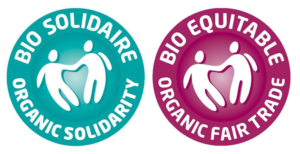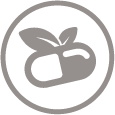The French Picker’s charter
A human, ecological and environmental ethic !
Background
We are convinced that the quality of our products is achieved through controlled, careful harvesting of buds and young medicinal shoots, in a way that respects the balance of nature. Harvesting is
an art, with rules and guidelines. By adhering to them, we benefit from nature while protecting her. Wherever possible, we use natural local resources, taken from European flora.
Each of our products created from buds or young shoots requires the involvement of a harvester at some point. Harvesting is by no means an incidental activity, but rather the first step in the production of a quality product, with due regard for Man and his environment. The aim of our charter is to promote the harvesting profession, make use of actual know-how and identify best practices. Medicinal plants are a gift from Nature. Let us thank her by practicing responsible harvesting.
Objectives
The objective our charter is to broadly outline the measures to be followed by professional Equi Nutri harvesters. It falls in line with an ethos of respect for life and for the plant world, the product and the consumer.
Commitments
The professional must be fully knowledgeable about the ecology and botany of the environment in which he is collecting as well as the buds or young shoots he is harvesting. Proper harvesting is also knowing what to pick and the ultimate purpose for picking it. It is therefore vital to have an understanding of the concepts of Phytembryotherapy or Gemmotherapy.
The professional harvester agrees to:
- Have a sound theoretical and practical knowledge of botany, so as to be familiar with plants and their buds or young shoots, their primary characteristics and their health benefits.
- Recognise the buds and the young shoots and be able to determine the correct time for picking. Depending on the species, the picker agrees to respect cycles of plants and their reproduction methods in order to preserve plant biodiversity and resources through, among other things, partial picking and site rotations.
Which also means
- Distributing the harvesting as widely as possible over the entire tree;
- Harvesting, on average, one-quarter to a maximum of one-third of the buds from a single tree or plant;
- Observing harvesting intervals when necessary;
- Picking only the buds or young shoots of value for the intended activity;
- Not picking protected plants.















